
Global warming: 7 good reasons for turning to nuclear energy
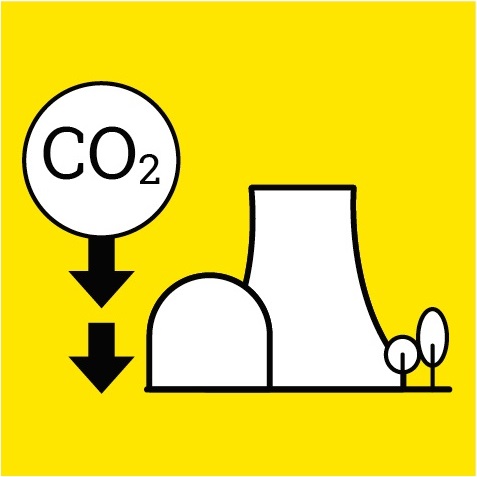
#1 A Low-carbon energy
Nuclear power is one of the world's energy sources that emits the least greenhouse gas Its very low CO2 emission rate - four times less than solar for example - makes it an essential energy for the low-carbon transition.
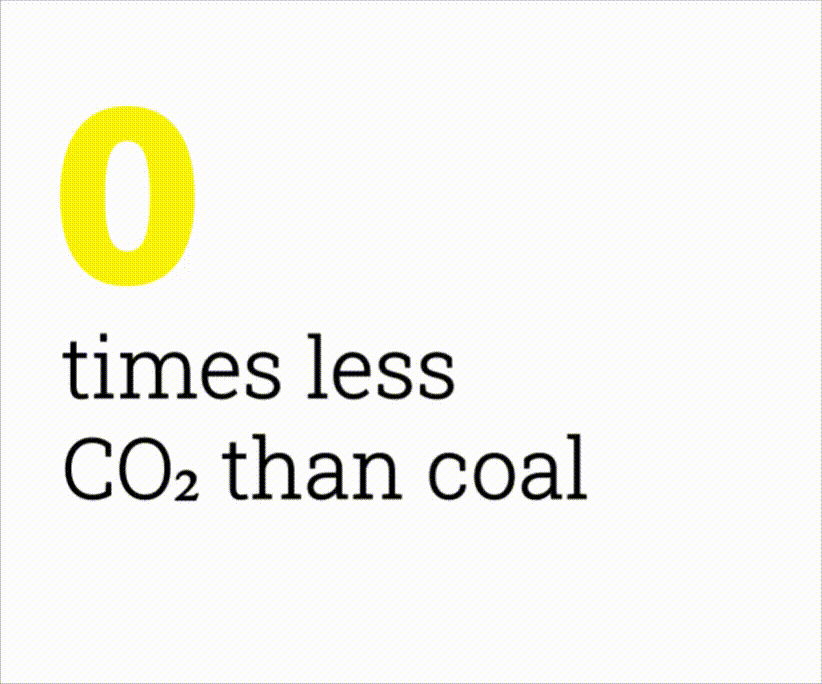
Without nuclear power we would emit a lot more CO2
Nuclear power prevents the release of 2 billion tonnes of CO2 each year across the world, equivalent to the production of 400 million cars.
Did you know?
- The fact that France has a large share of nuclear power makes its electricity mix one of the most carbon-free mixes in Europe
- Thanks to nuclear power in large part, but also to renewables including hydroelectricity, France has over 90% continuous, low-carbon electricity

#2 Constant and controllable energy
In addition to being a climate-friendly energy, nuclear power provides continuous electricity thanks to its robust production system, able to adapt to variations in electricity demand. Through the stability of its associated grid and its controllable nature, nuclear power contributes significantly to securing the electricity supply in hospitals, in businesses and in every home.
Another major asset is that nuclear power makes France independent for 56% of its overall energy needs.

#3 Competitive energy
Nuclear power is one of the least expensive sources of electrical power generation, enabling France to have one of the lowest electricity prices in Europe.
- +70% : this is how much more a German household pays for their electricity compared with a French household
- Electricity prices for French manufacturers are 25% less than the European average
Key statistics :
- 0,30€/kWh price incl. VAT of electricity in Germany
- 0,17€/kWh price incl. VAT of of electricity in France
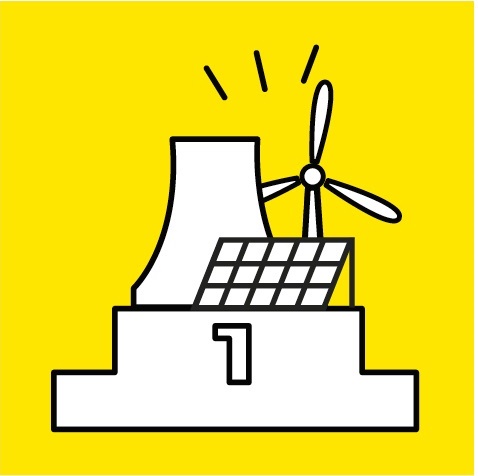
#4 Energy that is essential to the electricity mix
In all the energy transition scenarios studied by the IPCC* and the IEA* for the production of low-carbon electricity, a significant development of renewable energies can only be envisaged along with nuclear power to avoid the use of fossil fuels. Renewable energies (solar, wind) are by nature intermittent and cannot meet the existing and future energy needs of 8 billion people on their own.
As a result, nuclear and renewables must combine together to sustain the low-carbon energy transition and meet France's commitments to combat global warming.
*Intergovernmental Panel on Climate Change (IPCC) - International Energy Agency (IEA)
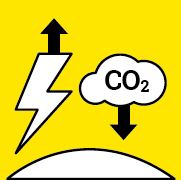
#5 Energy that is vital for tomorrow’s world
The equation to be solved is a fact: in 2050, due to global demographic growth, the deployment of electric mobility and the economic development of emerging countries, we will need twice as much electricity. At the same time, we will
have to achieve carbon neutrality.
As electricity production is now the No. 1 source of CO2 emissions in the world due to the use of fossil fuels (coal and gas), it is imperative to initiate the decarbonization of electricity production to drastically reduce GHG emissions. Climate scientists recommend increasing the share of low-carbon energies for power generation from 30% to over 80% by 2050. Here, France has shown the way.

« Coal was the energy of the 19th century. Oil that of the 20th. Carbon-free electricity will be that of the 21st century »

#6 Energy that is sparing in its demand for raw materials
In addition, Orano recycles used nuclear fuels to produce new fuels, and thus contributes to the saving of precious natural resources. In France, one in 10 light bulbs is powered by nuclear power generated with recycled materials. By recycling uranium and used MOX fuel, 30% savings in raw materials could be achieved.
- 96% of spent fuel is recyclable (95% uranium and 1% plutonium).
- 100 g of uranium produces as much energy as one tonne of oil.
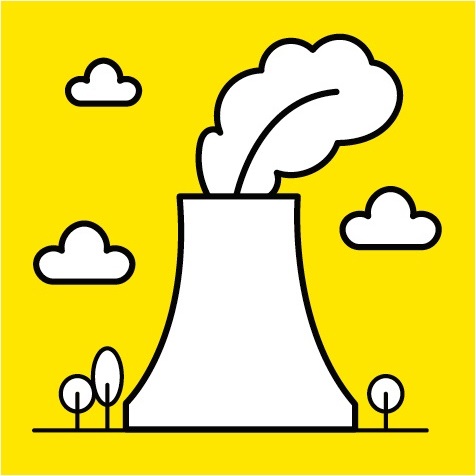
#7 Energy that preserves health
Unlike fossil fuels, nuclear power emits no fine particles, nitrogen dioxide, sulfur dioxide, nitrates or phosphates into the atmosphere. Air pollution, in addition to the climate emergency, is also a major public health issue.
Did you know?
Nuclear power plants are often depicted with huge plumes escaping from reactors. However, these plumes are not CO2 emissions but simply water vapor from the cooling towers. They are completely harmless for people (they contain no radioactivity) and for the climate.
- Nuclear energy and climate challenges The capacity of nuclear energy to guarantee low-carbon electricity generation is invaluable to deal with the climate emergency
- It is urgent to commit to the low-carbon transition Jean-Marc Jancovici, a recognized expert on energy and climate, challenges us and raises our awareness of the urgent need to make the transition to low-carbon forms of energy.
- The challenge of carbon neutrality by 2050. How do we get there? Understanding the principle of carbon neutrality and the actions that can contribute to it is a prerequisite for effectively acting to protect the climate by significantly limiting GHG emissions.